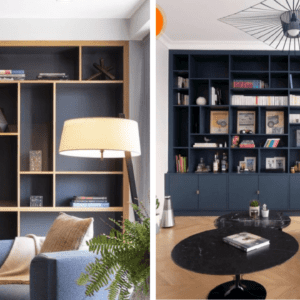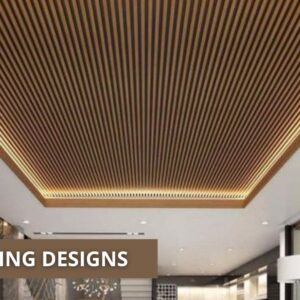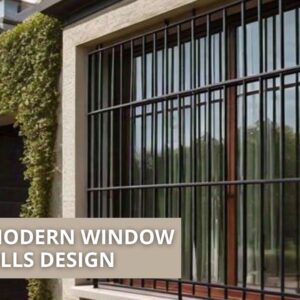Terracotta jali is a traditional architectural element that has become relevant in contemporary architecture. Jali is derived from ancient Indian architecture and it means pierced screen made of terracotta which is a type of clay fired at high temperature. Terracotta jali has been used for centuries as a means of ventilation, privacy, and beauty in the building industry. Terracotta jalis are experiencing a revival in modern architecture, marrying the new with the old.
The Historical Significance of Terracotta Jali
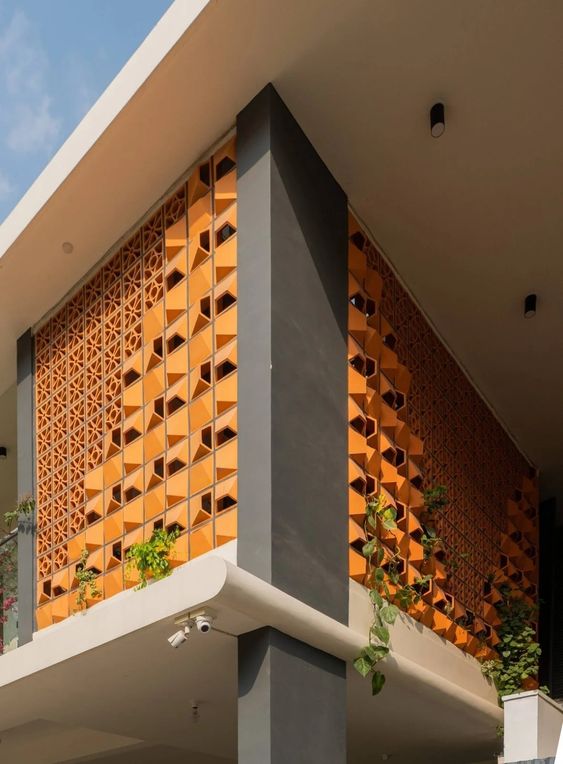
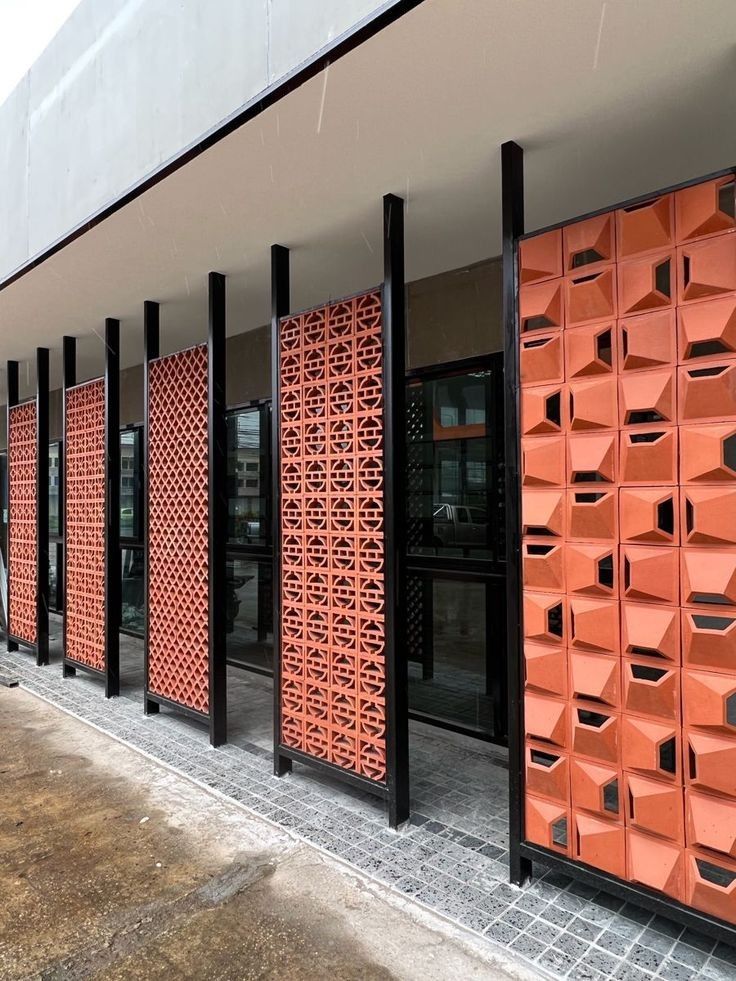
This piece will look at the history, significance, and contemporary uses of terracotta jalis within current designs.
The origin of terracotta jali can be traced back to Indian architecture in the Mughal and Rajput periods. The word “jali” itself simply means net or mesh in Hindi language which represents its intricate latticework. These screens were conventionally used for palaces, temples, and mosques both for aesthetic as well as functional purposes.
In India’s hot dry weather conditions, terracotta jali was essential for creating comfortable internal environments. The porousness of terracotta allowed air to move through the jali so that cold air could come inside while still providing shade against the sun during extremely hot days or afternoons during summer. This passive cooling technique was an early version of climate control that minimized dependency on the provision of artificial ventilation or air conditioning.
Terracotta jalis were not only usable but also a form of art. Some skilled artisans would engrave the clay with complicated motifs and patterns that created magnificent geometrical designs that mirrored the religious and cultural influences of that period. The anciently made terracotta jalis had certain meanings, which were for example: infinity, unity, and divinity.
Terracotta Jali in Modern Architecture
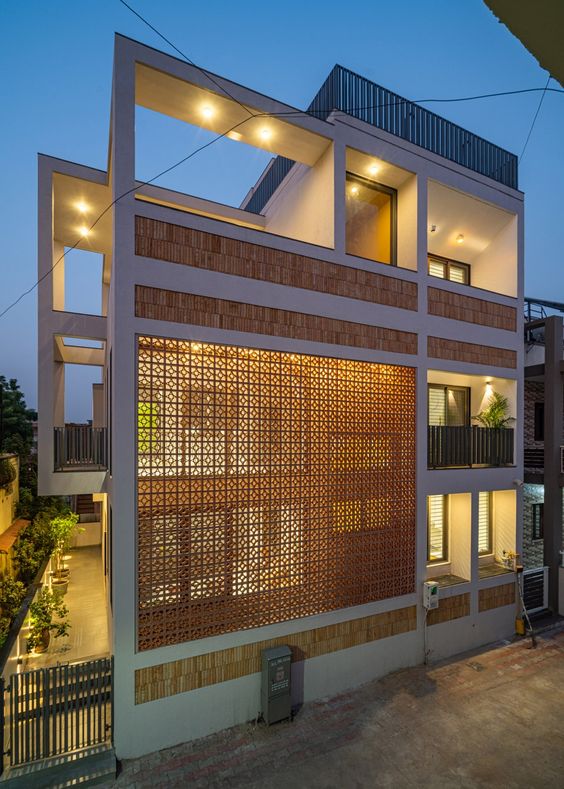
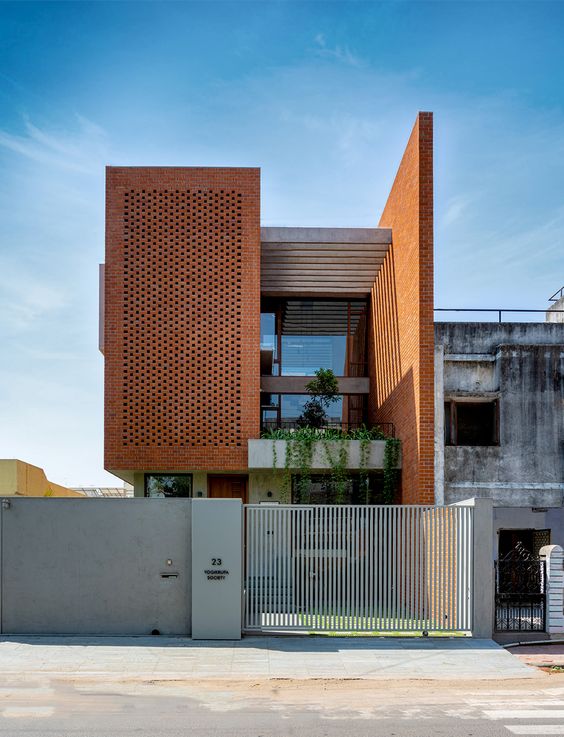
Recently, there has been revived interest in terracotta jali in present-day architecture. Terracotta jail is now a common choice for architects and designers looking to incorporate sustainable elements and cultural significance into their projects. It is suitable for use in both commercial and residential buildings due to its adaptability, strength, and aesthetic qualities.
1. Sustainable and Eco-Friendly Design
Among the reasons why terracotta jail has become so popular in modern architecture again is sustainability. Terracotta is an abundant natural substance that can be replenished; besides it is very low-energy during its production process compared to other building materials. Moreover, terracotta jalis enhance energy efficiency in buildings by facilitating natural ventilation thereby minimizing dependence on artificial cooling systems.
Terracotta jali is a functionally sensible and eco-friendly artifact that harmonizes with the tenets of green building in the context of sustainable architecture. Jali screens are incorporated by architects in their designs more and more to create buildings that are not only visually arresting but also eco-conscious.
2. Aesthetic Appeal and Cultural Heritage
Modern buildings gain a special aesthetic dimension from terracotta jali’s intricate patterns and textures. Whether used as façades, partitions, or decorative elements, jali screens produce depth and visual interest. The design acquires dynamism by varying the appearance of the building during different times of the day through this perforated screen-influenced play between light and shadow.
Equally important, the contemporary use of terracotta jali in architecture signifies respect for tradition. Architects who incorporate this age-old aspect into their modern designs show respect for India’s rich history of craftsmanship even as they keep up with architectural trends prevailing today. An excellent example would be projects that blend traditional aesthetics with modern minimalism which gives rise to spaces that have a touch of timelessness yet still exude contemporary vibes.
3. Versatility in Design
Terracotta jali is an astonishingly adaptable material for a wide array of design styles and purposes. It has numerous uses in contemporary architecture such as;
- Façades: A terracotta screen can be used on the exterior façade of structures to create a striking visual impression. The lattice does not only add to the beauty of the building but also gives it shade and privacy, without fully blocking our view.
- Partitions: Inside spaces consist of jali screens that act as partitions hence allowing for division while at the same time maintaining a sense of openness. This is great for open-plan concepts where one needs privacy without compromising movement through space.
- Balconies and Railings: Balustrades and balcony railings are often made from terracotta jali which is an additional feature that serves both decoration purposes and safety reasons. Due to its openwork design, the screen allows the flow of air and sight lines yet it acts as a barrier.
- Windows and Doors: For unobtrusive connection between indoor/outdoor spaces, windows along with doors can incorporate Jali screens into them. Light penetrates through these perforated designs thus creating a warm welcoming atmosphere.
- Decorative Elements: It is worth noting that besides its structural applications, terracotta jali is mainly used as an ornamentation in modern architecture. Some examples include feature walls, art installations, etc.
Innovative Uses in Contemporary Architecture


Terracotta jali has been embraced by contemporary architects for traditional and innovative purposes. As a result of technological advancement, it is now possible to create custom-made jali designs through digital fabrication processes. Consequently, there is increased precision and creativity during the design process hence enabling architects push the limits of terracotta.
For instance, complex jali patterns that would be impossible to come up with using handcraft can be generated using parametric design tools. These designs are often adjusted to suit particular purposes such as optimizing ventilation, balancing light or creating stunning visual effects. This leads to a highly personalized architectural component that meets aesthetic and practical needs.
Moreover, terracotta jali screens have also found use in sustainable building practices in modern architecture. Strategic positioning of jalis allows for maximum natural ventilation and lighting thereby minimizing reliance on artificial climatic control apparatuses. In certain incidences, combined usage of jali with other ecological technologies like green roofs or solar panels results in buildings that are energy efficient in addition to being attractive.
Case Studies: Modern Projects Featuring Terracotta Jali
Terracotta jali, a traditional Indian architectural element, has been artfully incorporated into several modern buildings recently. The following are some examples of contemporary architecture that demonstrate how terracotta jalis can be included in designs:
- The Pearl Academy of Fashion, Jaipur, India: This is an educational institution designed by Morphogenesis and its exterior walls have noticeable terracotta jali which resembles the local architecture at Jaipur. To ensure that there is no excess heat in the building, the Jali screen provides shading while allowing natural light penetration. In its design, it combines both modern sustainability principles and traditional cultural strength.
- The Indian Institute of Management, Bangalore, India: Terracotta jalis are commonly used in most buildings within this campus designed by B.V. Doshi. They aid in air flow thus giving them freedom to associate more with their surrounding environment. However for this campus to maintain its identity certain elements like terracotta jalis shall remain a part of it to connect tradition with progressiveness.
- Amanyangyun Resort, Shanghai, China: There are also other places such as Amanyangyun Resort located in Shanghai China which is owned by Kerry Hill Architects incorporating Chinese traditional architectural ideas including terracotta Jalis as privacy screens. These screens act as private spaces, allowing light and wind to come through them.
Conclusion
Terracotta jali is a classic architectural feature that still serves as an inspiration to modern designers. This historical value, cultural importance, and sustainable attributes make it a prized asset in contemporary architecture. Whether functional or decorative, terracotta jali adds warmth, texture, and grace to any room. As architects push the boundaries of this malleable substance, terracotta jali will always be remembered as one of the most beloved and durable features of the built environment.

